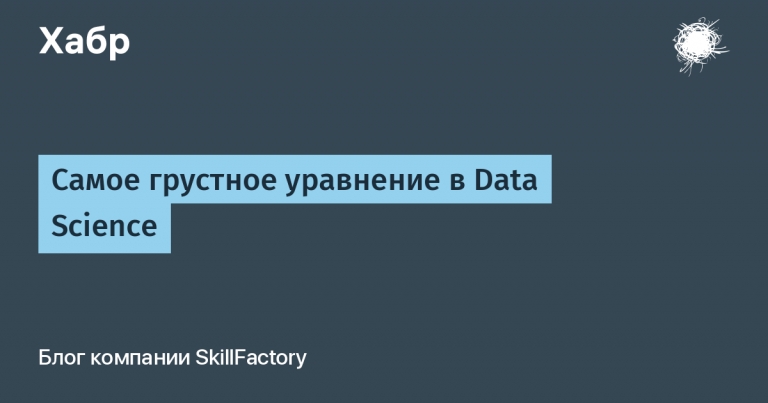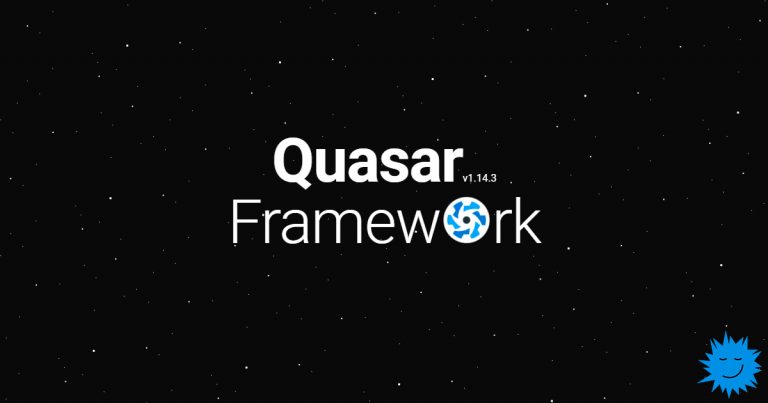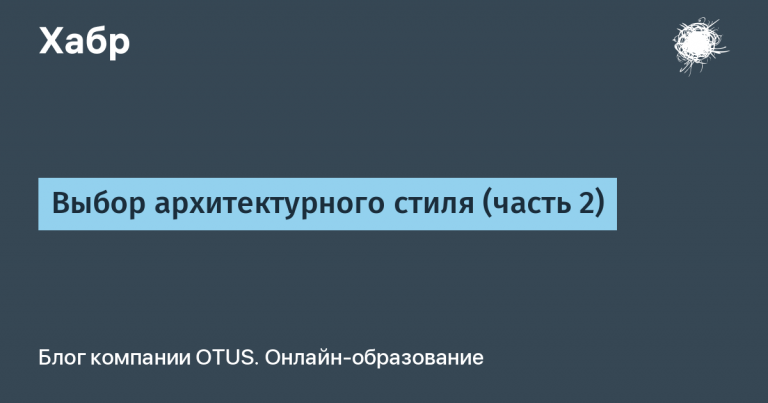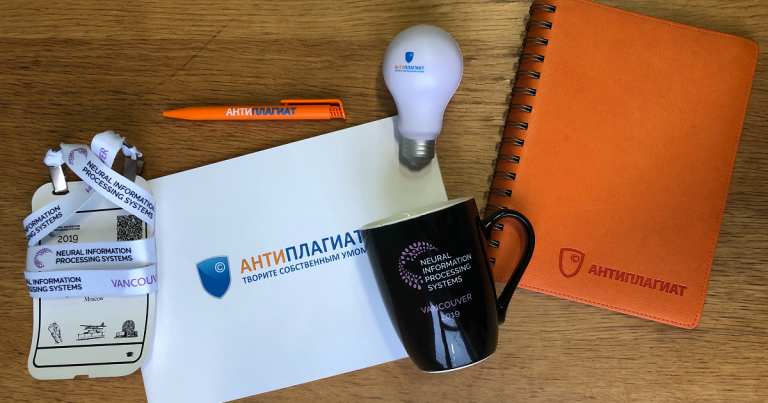Creating a traversable wormhole using a quantum computer
Wormholes — wrinkles in the fabric of the space-time continuum connecting two places — seem like something out of science fiction. Whether they exist or not, studying these hypothetical objects could be the key to establishing the connection between information and matter, a mystery that has plagued physicists for years.
Ironically, the quantum computer is the perfect platform to explore this connection. The trick is to use AdS/CFT-correspondencewhich establishes an equivalence between a theory that describes gravity and space-time (and wormholes) in an imaginary world using special geometry (AgS), and a quantum theory that does not talk about gravity at all (KTP).
In the article “The dynamics of a traversable wormhole on a quantum processor“, published in the journal Naturewe report collaborations with scientists from Caltech, Harvard, MIT, and Fermilab to simulate conformal field theory on Google Sycamore processor. Using this processor, we were able to apply the AdS/CFT correspondence to study the dynamics of a quantum system, similar to a wormhole in a gravitational model. Google Sycamore is one of the first processors to be accurate enough to conduct such an experiment.
Background: It from Qubit
The AdS/CFT correspondence was discovered as a result of a series of studies carried out in order to answer the question of what is the maximum amount of information that can fit in a separate region of space. If you ask an engineer about how much information can theoretically fit in a data center, he is likely to say that the answer depends on the number and type of memory chips located in it. Ironically, the contents of the data center are ultimately irrelevant. If more and more memory chips with increasing density of electronic components are placed in the data center, sooner or later it will turn into a black hole and disappear beyond the event horizon.
When physicists such as Jacob Bekenstein and Stephen Hawking tried to calculate the amount of information in a black hole, they were surprised to find that it was determined by the surface of the event horizon and not by the volume of the black hole. The information inside a black hole is as if written on the event horizon. To be more precise, a black hole with an event horizon in which you can put A tiny units of area (each unit, the so-called Planck area, has a size of 2.6121*10-70 m2), can accommodate a maximum A/4 bits of information. This limitation is called bekenstein limit.
The discovery that the maximum amount of information that can fit in a region of space is proportional, not to its volume, but to the surface area of the region’s boundary, pointed to an interesting relationship between quantum information and the three-dimensional world that we deal with every day. This connection is embodied in the phrase “It from qubit”, which describes how matter (“it”) emerges from quantum information (“qubit”).
While it is not easy to formalize such relationships for ordinary spacetime, recent research has led to significant progress in formalizing a hypothetical universe with hyperbolic geometry, also called “anti-de Sitter space.” In such a universe, the theory of quantum gravity is built more naturally, [чем в нашей]. AT anti-de sitter space the volume of space with gravity acting in it can be described as [объём], encoded on the boundary surrounding this volume. Any object inside it has a corresponding description on the boundary, and vice versa. This correspondence is called holographic principle. This is a general principle inspired by the research of Hawking and Bekenstein.
The AdS/CFT correspondence allows physicists to connect objects in space with specific ensembles of interacting qubits on the surface. That is, each region of the boundary encodes (in quantum information) the contents of a region in space-time so that matter at any given point can be “constructed” from quantum information, which allows quantum processors to work directly with qubits, while contributing to understanding the physics of space- time. By carefully defining the parameters of a quantum computer to emulate a given model, one can consider black holes or go even further and simulate two black holes connected to each other – the so-called wormhole, or Einstein-Rosen bridge.
Experiment: Quantum Gravity in the Lab
We applied these ideas, and with the help of the Sycamore processor, we were able to build a quantum system equivalent to a traversable wormhole. From quantum information to the physics of space-time through the holographic principle, within the framework of the experiment, the particle passed through one side of the wormhole and exited the other.
Recently, in a study by Daniel Jafferis, Ping Gao, and Aaron Wall proved the possibility of the existence traversable wormholes. Wormholes have long been the subject of science fiction, but there are many possible space-time geometries in which a wormhole can form. An incorrectly created hole will collapse along with the particle passing through it. The authors of the study showed that shock wave, that is, the deformation of the space-time continuum, propagating at the speed of light with negative energy, will solve this problem. The shock wave will allow you to open the wormhole for a time sufficient for the appearance of patency. The presence of negative energy in a traversable wormhole is similar to negative energy when Casimir effect, at which energy in vacuum pushes adjacent plates against each other. In both cases, in quantum mechanics, the energy density at a given point in space will be either positive or negative. On the other hand, if the wormhole is subjected to a shock wave positive energy, no information will pass through it.
To create a wormhole, the simplest application of the holographic principle requires a large number of qubits. To achieve the results predicted by theoretical physicists, an arbitrarily large number of qubits would be required. Due to the small number of qubits, additional corrections are needed, which are not fully understood today. It was necessary to develop a new concept for building a traversable wormhole on a quantum computer with a limited number of qubits.
One scientist on our team (Zlokapa) used deep learning technology to create a small quantum system that preserves the key principles of gravitational physics. The neural networks were trained using backpropagation method — a method for optimizing parameters using direct calculation of the gradient through the layers of the network. To improve the performance of the neural network and prevent overfitting on the test dataset, machine learning specialists have applied a number of techniques. One of them, thinninglimits the granularity of information in the network by setting the maximum number of weights to zero.
Similarly, to create a wormhole, we started working with a large quantum system and worked with it as a neural network. Using the backpropagation method, the system parameters were updated to maintain gravitational properties, and thinning reduced the size of the system. We used machine learning to train a system containing only one gravitational signature – the importance of using a negative shock wave. The training data set compared the dynamics of a particle passing through a wormhole with negative energy permeability and positive energy wormhole collapse. Making sure that the trained system retains this asymmetry, we obtained a thinned model that is consistent with the dynamics of the wormhole.
Working with Jafferis and other scientists at Caltech, Fermilab, and Harvard, we subjected the new quantum system to various tests to determine whether it exhibits gravitational behavior beyond signatures caused by shock waves of different energies. For example, quantum mechanical effects can convey information through a quantum system in a variety of ways. Information passing through the space-time continuum (including through a wormhole) must be causal. We tested this and other signatures on conventional computers, confirming that the dynamics of the quantum system corresponded to the gravitational interpretation, viewed through the vocabulary of the holographic principle.
Creating a traversable wormhole on a quantum processor is an extremely complex process. The microscopic mechanism for transmitting information through qubits is very chaotic – imagine a drop of ink swirling in water. As the particle falls into the wormhole, its information spreads throughout the quantum system in a holographic image. For negative energy shock waves to work, the scrambling of information must follow a specific pattern called perfect size winding. After the particle hits the shockwave of negative energy, the chaotic patterns essentially go in the opposite direction: when the particle exits the wormhole, it is like ink that has become a droplet again, reversing its turbulent propagation. If at any point a small error occurs, the chaotic patterns will not go in the opposite direction, and the particle will not pass through the wormhole.
Using the Sycamore quantum processor, we measured how much quantum information is transferred from one side of the system to the other when applying a negative and positive energy shock wave. There was a slight asymmetry between the two energies, which showed the key signature of a traversable wormhole. Due to the sensitivity of the protocol to noise, low levels of processor errors were needed to measure the signal. If the error rate were one and a half times higher, the signal would be completely unclear.
perspective
As quantum devices improve, larger chips and lower error rates will enable more serious studies of gravitational phenomena. Unlike experiments like LIGO, which capture data about the gravity of the world around us, quantum computers allow theories of quantum gravity to be explored. We hope that quantum computers will help to understand future theories of quantum gravity beyond current models.
Gravity is just one example of the unique ability of quantum computers to explore complex physical theories. Quantum processors can help us study temporal crystals, quantum chaos and chemistry. Our study demonstrating the dynamics of wormhole norms is a step forward to the study of problems in fundamental physics using Google Quantum AI quantum processors.
You can read more about the results of the study here..
Thanks
We would like to thank the popularizer of quantum science Katherine McCormick for her help in writing this note.
Data Science and Machine Learning
Python, web development
Mobile development
Java and C#
From basics to depth
As well as





